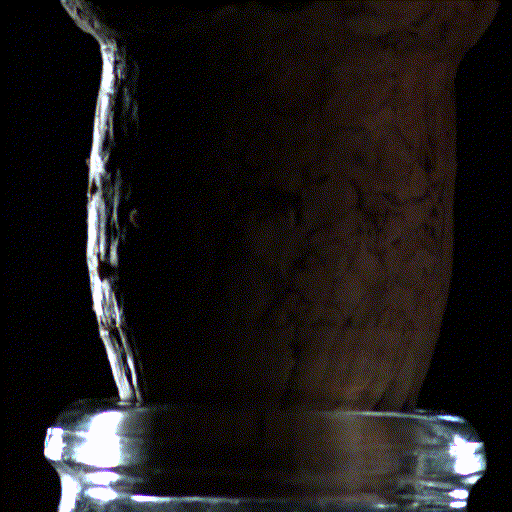When you purchase through links on our site , we may earn an affiliate commission . Here ’s how it works .
Scientists have cracked a frothy mystery : the physics of fizz .
Many people acknowledge that frothy drink get their soda and coruscate from tiny bubbles of carbon dioxide bursting out of their swimming mix . They might also know from experience that the harsh skittering of seltzer across a spit feel dissimilar from the legato foam of Champagne , the dulcet effervescence of a colon , or the dynamism of club soda . But until lately , scientist did n’t have a go at it how differently carbon dioxide behaves in various drink , or why .

The tradition of drinking champagne to mark celebrations originated in the royal courts of Europe prior to 1789, where the expensive drink was viewed as a status symbol.
A paperpublished Jan. 9 in The Journal of Physical Chemistry B propose the most complete solution yet to that head . A team of apothecary fromChina ’s Jilin University and the University of Minnesota ramp up complex models of carbonated cola ( basically , sugar and water ) , Champagne ( alcohol and water ) and order soda ( salinity and water ) and studied them to figure out how these solutions commute the behaviour of dissolved carbon copy dioxide . They also built a model of pure carbonate pee ( seltzer ) , a substance whose physics are already well understood , to check that their modelling worked properly . [ lift Your Glass : 10 Intoxicating Beer Facts ]
They found that for all three of the drinks they studied , carbon dioxide pop and fizzed out of the solution more slowly and less intensely than in sodding seltzer water — but for different reasons .
In a carbonated drink , tiny clump of CO2 are dissolved in the water , just like the sugar in a cola , according to the paper . But those clump of CO2 do n’t dissolve very well , and as presently as the drink is exposed to open air , they start to burst out of the solution as bubbles , rise to the surface and go away into the standard pressure .

That process does n’t befall all at once , the researchers observe . This is because water is glutinous — its H2O molecules cling to one another with charged bond between their little Mickey - Mouse - spike H atom and big oxygen mote — so the CO2 must make its way through that lattice so as to escape .
Bizarrely , both the alcohol in Champagne and the sugar in the cola actually reduce the total number of H bonds between the water mote , thus slue the routine of bond holding the CO2 in seat . And yet both still release CO2 more slowly than consummate body of water . ( The Strategic Arms Limitation Talks in lodge soda increase the number of atomic number 1 bonds , so it makes sense that it holds to CO2 more tightly . )
So why do Champagne and cola grasp to CO2 about as tightly as club soda , despite have fewer hydrogen bonds ?

The researcher show that sugar and alcoholic beverage in reality change the entire figure of the water around them . Even as the H Julian Bond to water system molecules , forestall them from bond to one another , they induce those molecules to twinge closer to one another — suppress in more densely around all that thaw CO2 , and holding it in place effectively even without hydrogen bond , the researcher explain .
This kind of molding is crucial , the researchers write , because it aid answer basic question about the physics , and flavor , of carbonated beverages in ways that are very difficult to accomplish with direct experiments . Because CO2 break up so quickly and pronto in all of these drink , from Champagne to seltzer , measuring of the variations between them are difficult to make , but they make a self-aggrandizing difference in the drink ' savor .
in the beginning write onLive skill .
















